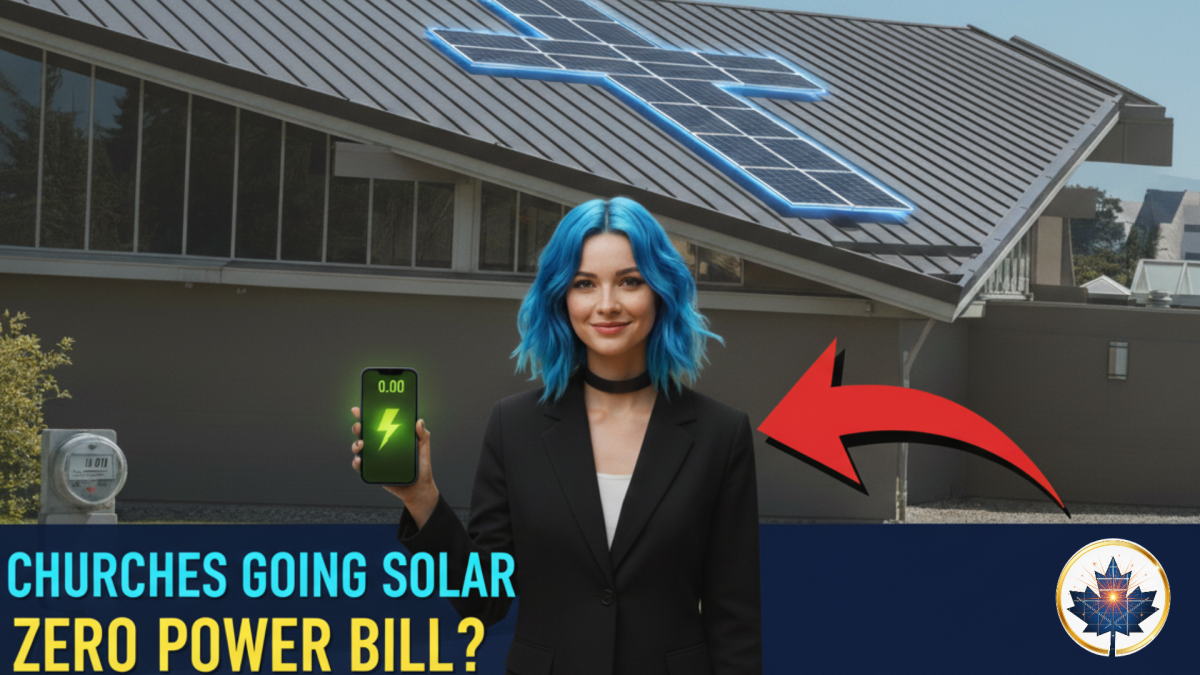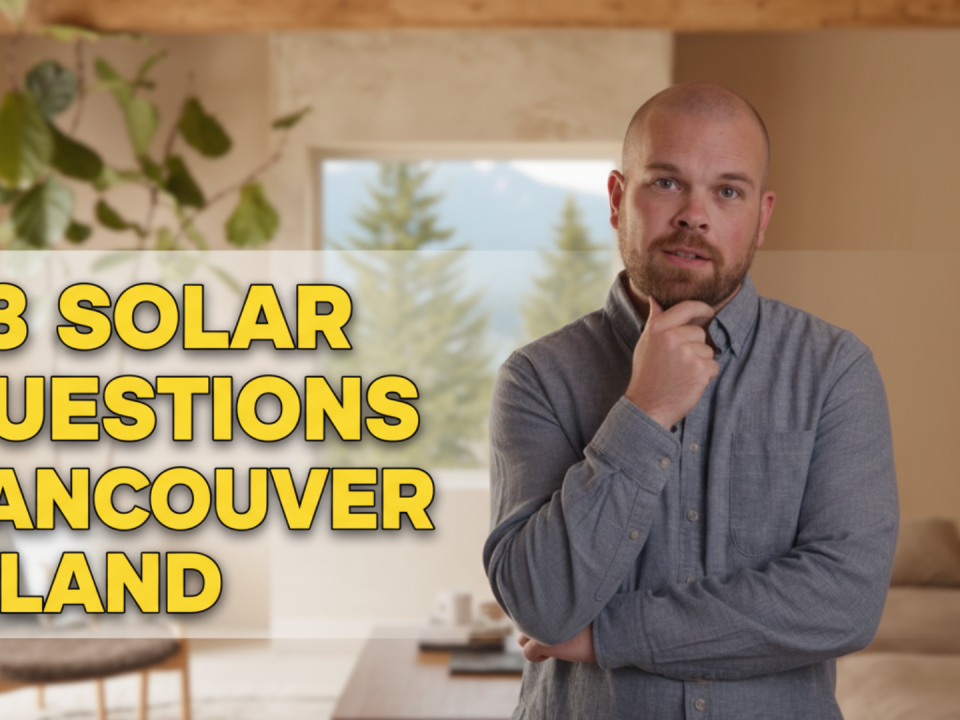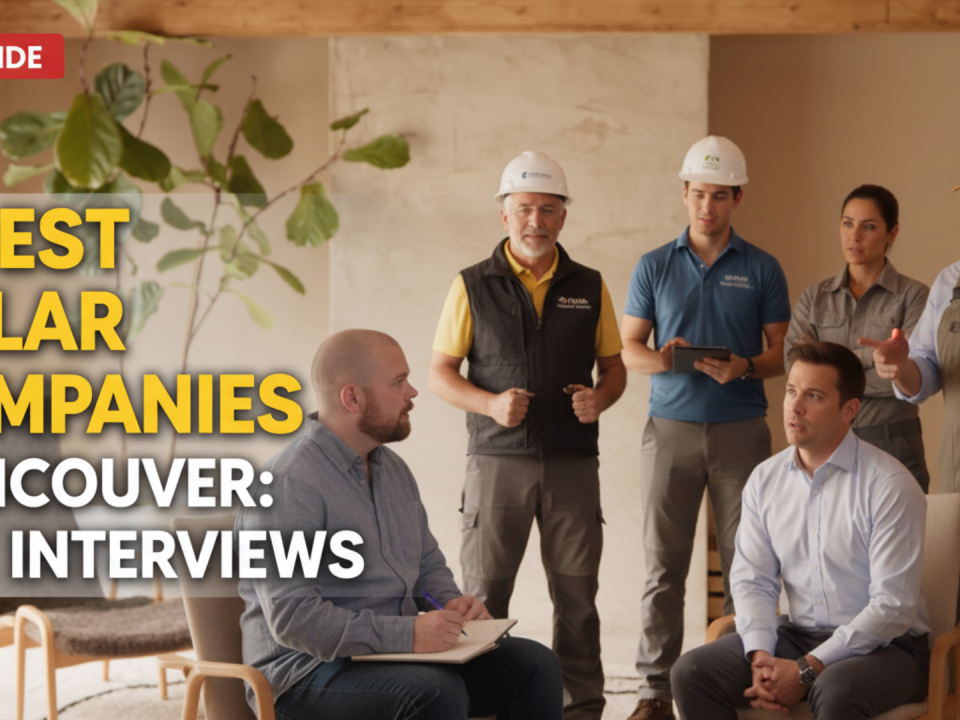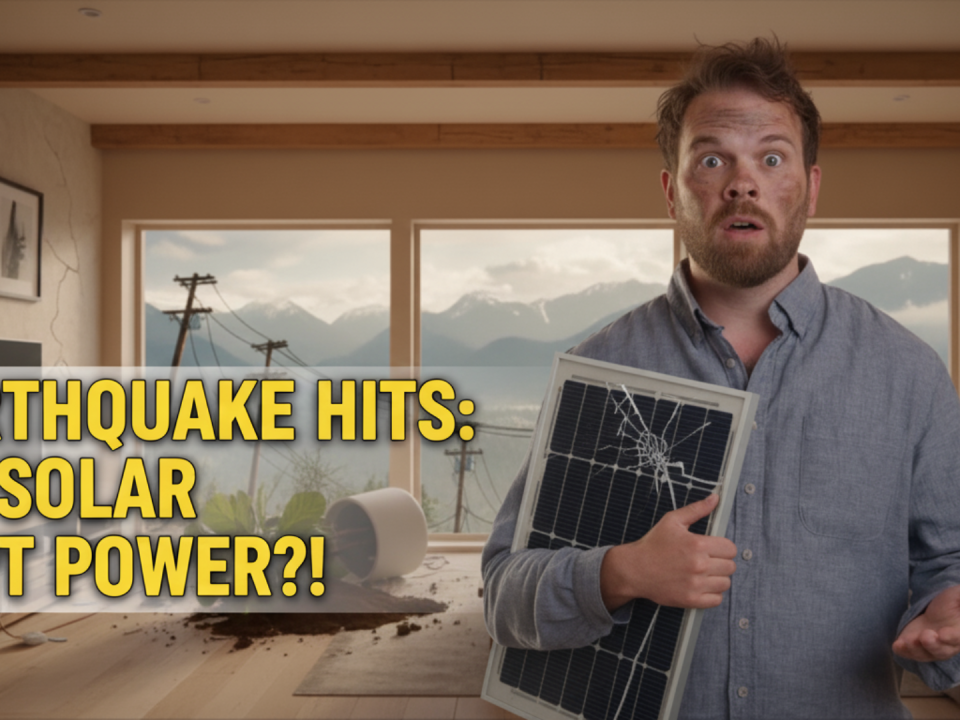How Much Does Solar Cost Victoria BC Calculator
October 10, 2025
Are Solar Panels Worth It In BC After Greener Homes Loan Is Gone?
October 11, 2025I’m often asked if solar is a realistic option for non-profits and community hubs. The answer is yes, and a church in Saanich, B.C. just proved it. Let’s break down exactly how they did it—the costs, the savings, and the real-world lessons you can apply.
The Saanich Project: A Game Changer
What happened over at St. Joseph the Worker Parish in Saanich is a big deal. They didn’t just install a few solar panels to save money on the hydro bill—they made a statement. When a community hub like a church decides to generate nearly 90% of its own electricity, people notice.
So, how did this idea even get started? It grew from a mix of practical financial planning and a genuine desire to practice environmental stewardship. As Father Alfredo Monacelli, the pastor, put it, the project reflects a “call to care for creation.” But it was also a smart money move. Andy Kyfiuk from the parish building commission was clear: this is about responsible energy use and smart financial planning. You can’t just talk about caring for the planet; you have to “show it.”
The Numbers: Cost, Savings, and Payback
Let’s get right to the part everyone asks about first: the money. While the exact final cost for the St. Joseph project hasn’t been broadcasted widely, we can build a solid estimate based on industry standards in B.C. and the project’s specs.
The system is designed to generate about 44,000 kWh per year. A commercial system of this size in British Columbia typically costs between $2.00 to $2.50 per watt.
- System Size Estimation: To generate 44,000 kWh annually in the Victoria area, you’d need a system of roughly 40 kW (or 40,000 watts).
- Estimated Project Cost: 40,000 watts * $2.25/watt (average) = **$90,000**.
This is a significant upfront investment. How does a non-profit manage that?
The parish likely leveraged a combination of community fundraising, diocesan support, and potentially looked into grants available at the time. While the federal Greener Homes Grant and Loan are no longer available for homeowners, commercial and non-profit entities have different avenues. Organizations like the Federation of Canadian Municipalities offer grants for green community projects, which could be a route for similar initiatives.
What about the savings?
With BC Hydro’s Step 2 rate at around $0.14 per kWh, the annual savings look like this:
- 44,000 kWh * $0.14/kWh = **$6,160 saved per year**.
Based on a $90,000 project cost, the payback period is just over 14 years ($90,000 / $6,160). After that, the electricity is virtually free for the life of the panels, which is typically 25-30 years. That’s a decade or more of pure savings that can be redirected into community programs.
The Installer and the Tech
The installation was handled by Besolar, a local company. They used all-black solar modules for a sleek look. What really stands out is the design—one section of the roof has panels arranged in a cross, which is illuminated at night. It’s a clever way to blend faith and technology, making the project a visible symbol in the community.
This highlights a key point: aesthetics matter. People were worried solar panels would be an eyesore. A thoughtful design shows that you can integrate this technology without compromising the building’s character.
Churches Going Solar In BC Relevant Posts
The Broader Context: Why Aren’t More Churches Doing This?
The success at St. Joseph begs the question: what’s stopping others? It’s not a lack of desire. Pope Francis, in his encyclical Laudato si’, called for a global conversation on caring for our common home. Bishop Gary Gordon of the Diocese of Victoria directly linked the Saanich project to this call, calling it a “tangible way” to live out that vision.
So, the motivation is there. The challenges are almost always financial and logistical.
Pain Points for Non-Profits
- The Big Price Tag: This is the biggest hurdle. A $90,000+ price tag is daunting for any organization that relies on donations. Without clear access to grants or specific financing, it feels out of reach.
- Complex Decision-Making: Navigating the decision-making process of church boards and commissions can be slow. A project of this scale requires consensus, a champion to push it forward (like Andy Kyfiuk in this case), and a lot of research to convince everyone it’s a sound investment.
- Building Suitability: Not every church roof is a good candidate. You need a roof in good condition, with the right orientation (south-facing is ideal) and minimal shading. An older, complex roof can add significant costs to the installation. I once consulted with a community hall where the roof needed a complete overhaul before we could even think about panels, which doubled the project’s estimated cost.
Practical Benefits Beyond the Bill
While the financial return is crucial, the non-monetary benefits are just as powerful for a community organization.
- Community Leadership: It positions the church as a forward-thinking leader, attracting younger members who are passionate about environmental issues.
- Educational Opportunity: The project becomes a teaching tool. St. Joseph’s is even incorporating solar into the new Early Learning Centre being built on the property. Imagine teaching kids about energy using a real-life example right outside their window.
- Budgetary Stability: This is huge. By generating 90% of their power, the parish is now insulated from future BC Hydro rate hikes. That predictability makes long-term financial planning much easier.
Tip for Community Organizations: Start with an energy audit. Before you even call a solar installer, understand your consumption patterns. Find out where you’re wasting energy. Sealing drafts and upgrading to LED lighting are cheap wins that make your eventual solar investment go even further.
Let Us Guide You Through the Process
Inspired by St. Joseph the Worker? Forget about forming a “green team” or getting bogged down in research. We can help you with every detail. My team and I will take you step-by-step through your installation, from creating a custom study and estimate to selecting the right solar panels and batteries for your needs.
To get a professional assessment, I encourage you to leave a message with my assistant. We will find a professional company that will take care of every aspect of the installation—from looking for all available grants to submitting all applications and getting a loan with 0% down and 0% interest over 15 years.
The story of St. Joseph the Worker Parish is a powerful case study. It proves that with the right motivation, a dedicated team, and smart planning, going solar is achievable for community organizations. It’s a long-term investment that pays financial dividends and, more importantly, aligns the organization’s actions with its values. It’s a practical way to care for creation while also caring for the bottom line. If your organization is ready to explore its solar potential, contact us at SolarEnergies.ca for a free, no-obligation assessment.




